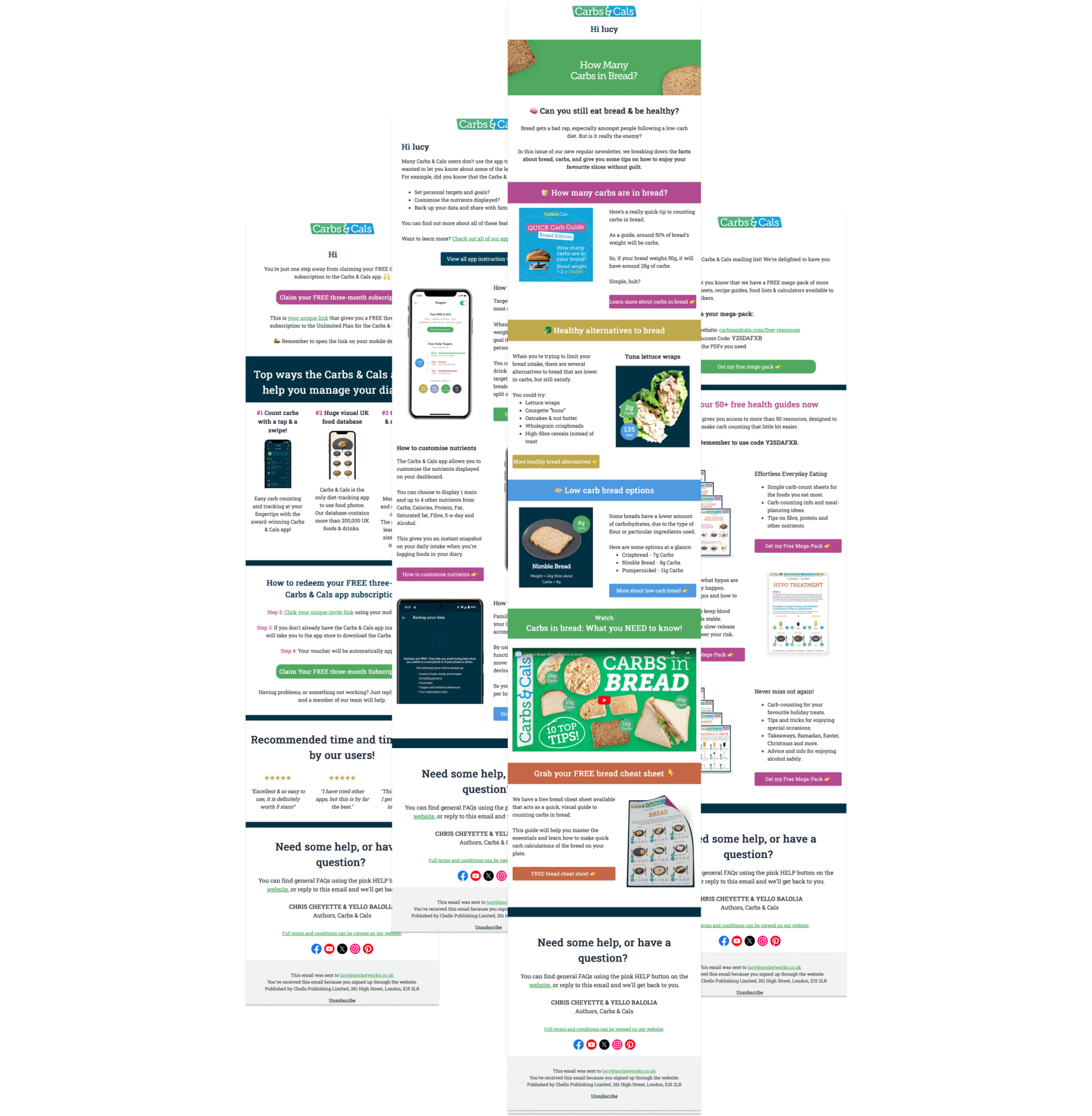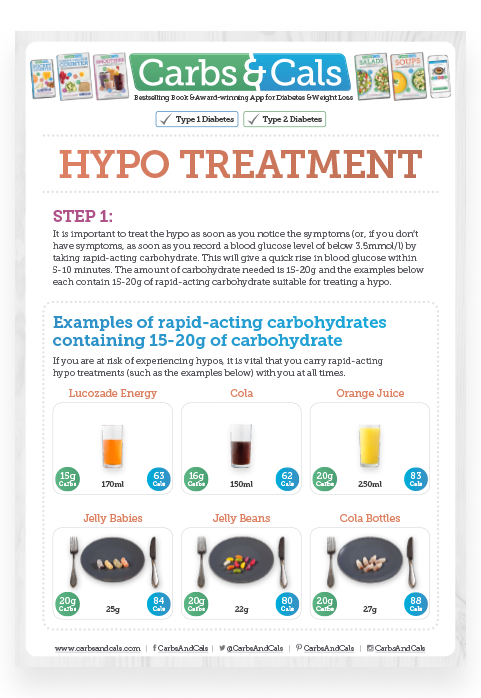A low carbohydrate (low carb) diet can be a powerful tool for managing blood sugar, improving health, and supporting weight loss.
While it’s often associated with a dietary approach for those living with diabetes, many people without diabetes are also turning to low carb for weight loss and to improve their overall well-being.
But what does “low carb” really mean, and is it right for you? This guide will discuss some of the pros, cons, and considerations you need to make an informed decision.
Contents
- What is a low carb diet?
- Low carb diet benefits for type 2 diabetes and prediabetes
- Does a low carb diet help type 1 diabetes?
- The importance of carb quality
- The pros and cons of a low carb diet
- How to create a balanced low carb diet plan
- Getting started with a low carb diet
- Practical tips for low carb diet success
What is a low carb diet?
In the UK, a low carb diet is generally defined as one containing less than 130g of carbohydrate per day.
A very low carb diet (also known as a ketogenic diet) typically contains less than 50g of carbs per day.
Both of these are much lower than the standard UK diet, where the average adult consumes around 250g of carbs daily.
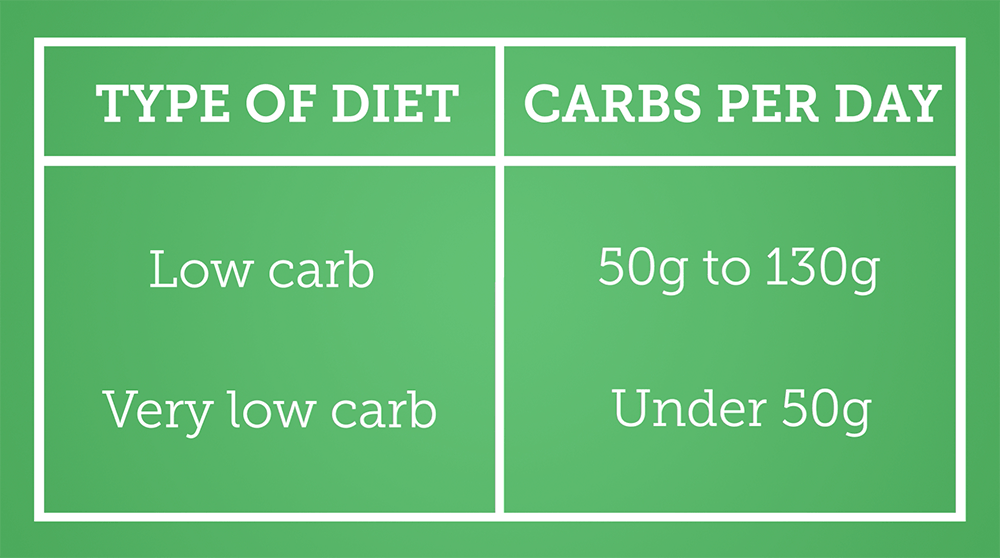
Low carb diet benefits for type 2 diabetes and prediabetes
There’s growing evidence to support the use of a low carb diet for managing type 2 diabetes and prediabetes. Reducing carbohydrate intake can:
- Lower blood glucose (sugar) levels
- Improve HbA1c (long-term blood sugar)
- Reduce the need for diabetes medications
- Support weight loss
- Improve insulin sensitivity
In some cases, individuals with type 2 diabetes have achieved remission through a low carb approach combined with weight loss and lifestyle changes.
Important note: If you are taking medications that lower blood glucose, such as insulin or sulfonylureas (like gliclazide), eating fewer carbs can increase the risk of hypos (low blood sugar). Always speak to your healthcare professional before starting a low carb diet so that your medications can be safely adjusted.
Does a low carb diet help type 1 diabetes?
For people with type 1 diabetes, a low carb diet may help reduce blood glucose fluctuations, improve time in range, and lower insulin requirements.
However, careful monitoring is essential, and any changes should be made in consultation with a healthcare team, as insulin doses may need adjusting.
Benefits of a low carb diet beyond diabetes
Even for those without diabetes, reducing carbs – especially refined and sugary ones – may lead to:
- More stable energy levels
- Reduced cravings
- Improved triglyceride levels and HDL (“good”) cholesterol
- Easier weight control
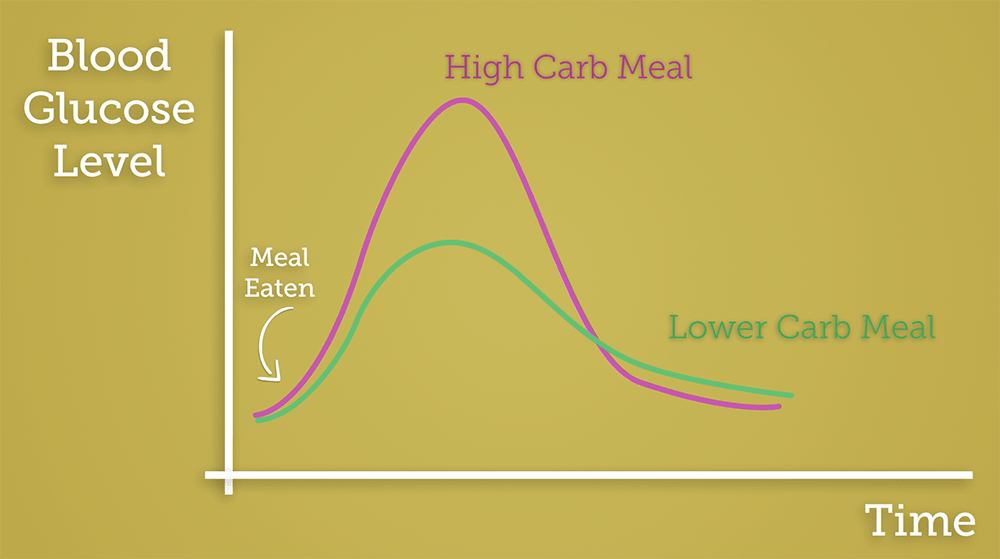
The importance of carb quality
Not all carbs are created equal. A low carb diet isn’t just about cutting quantity. The quality of carbs you eat also matters.
Focus on:
- High-fibre vegetables (broccoli, spinach, cauliflower, kale and courgette). Read our Guide to Carbs in Vegetables to learn more.
- Whole foods like pulses, legumes and nuts provide protein, fibre, and healthy fats with moderate carbs.
- Opt for brown rice, wholemeal or lentil pasta, wholegrain and sourdough bread.
- Minimally processed options: Natural yoghurt, berries, and other low-sugar fruits offer vitamins and antioxidants without excessive carbs.
Avoid or limit:
- Sugary drinks: non-diet fizzy drinks, energy drinks, and sweetened coffees are high in empty carbs and calories.
- Refined grains: White bread, white rice, and regular pasta can cause rapid blood sugar spikes and contain less fibre.
- Processed snacks: Crisps, biscuits, ice cream, and packaged sweets are high in carbs and low in nutrients.
- By focusing on whole, unprocessed foods, a low carb diet can provide balanced nutrition while minimising the negative effects of refined carbohydrates.
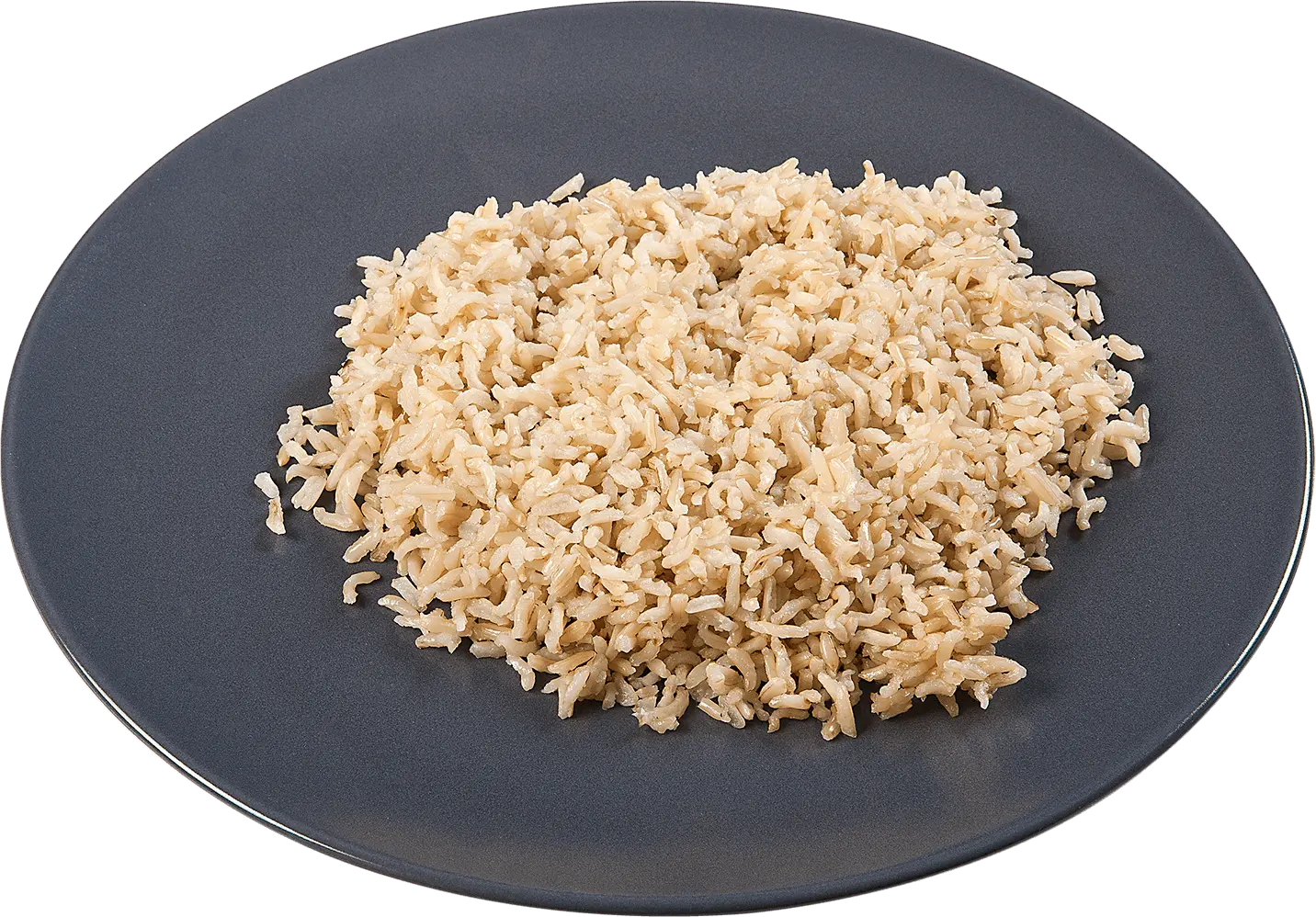
45g
Carbs
Brown Rice
Weight = 155g
45g Carbs / 6g Protein / 2g Fibre
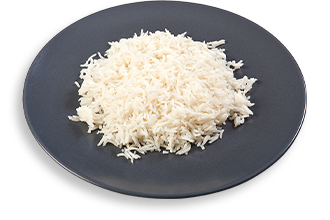
49g
Carbs
White Basmati Rice
Weight = 155g
49g Carbs / 4g Protein / 0g Fibre
The pros and cons of a low carb diet
Like any dietary approach, low carb eating has advantages and challenges. Understanding these can help you decide if it’s the right fit.
Low carb diet pros:
- Improved blood sugar control. Particularly beneficial for diabetes management and prevention.
- Reduced hunger and cravings. Higher protein and fat intake promotes satiety, making it easier to stick to the diet.
- Support for weight loss. Lower carb intake often leads to reduced calorie consumption and fat loss.
- Heart health benefits. When paired with healthy fats (e.g., olive oil, nuts, avocado) and vegetables, low carb diets may reduce cardiovascular risk factors.
- Flexibility. Low carb diets can be tailored to individual preferences, from moderate to very low carb (ketogenic).
Cons of a low carb diet:
- Restrictive nature. Cutting carbs can feel limiting, especially for those accustomed to carb-heavy diets.
- Nutritional gaps. Without careful planning, fibre, vitamins, or minerals deficiencies may occur.
- Initial side effects. The “keto flu” (fatigue, headaches, irritability) can occur during the transition to very low carb diets.
- Unsuitable for some conditions. Low carb diets may not be appropriate for people with certain medical conditions. Always check with your healthcare team first.
- Long-term sustainability. Some find it challenging to maintain a low carb diet over time due to social or practical constraints.
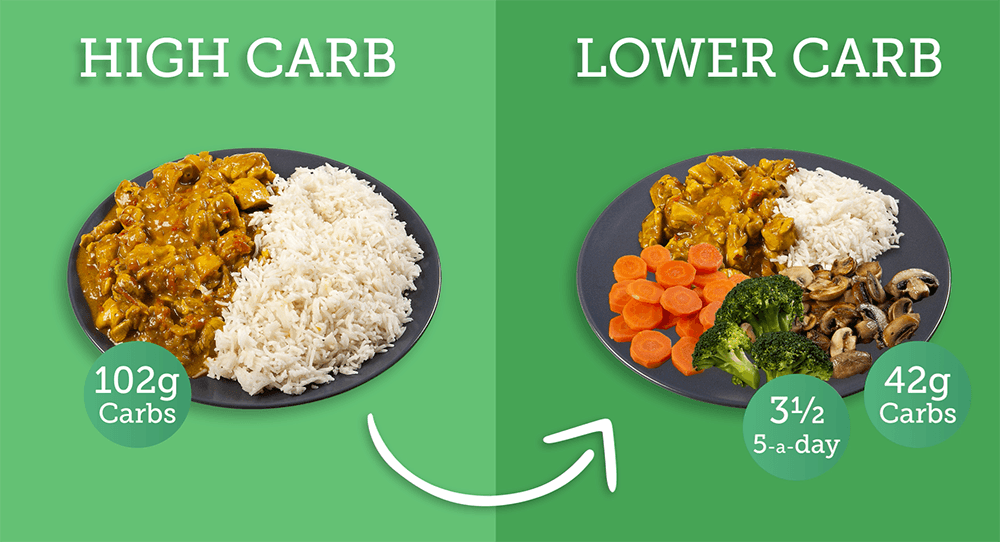
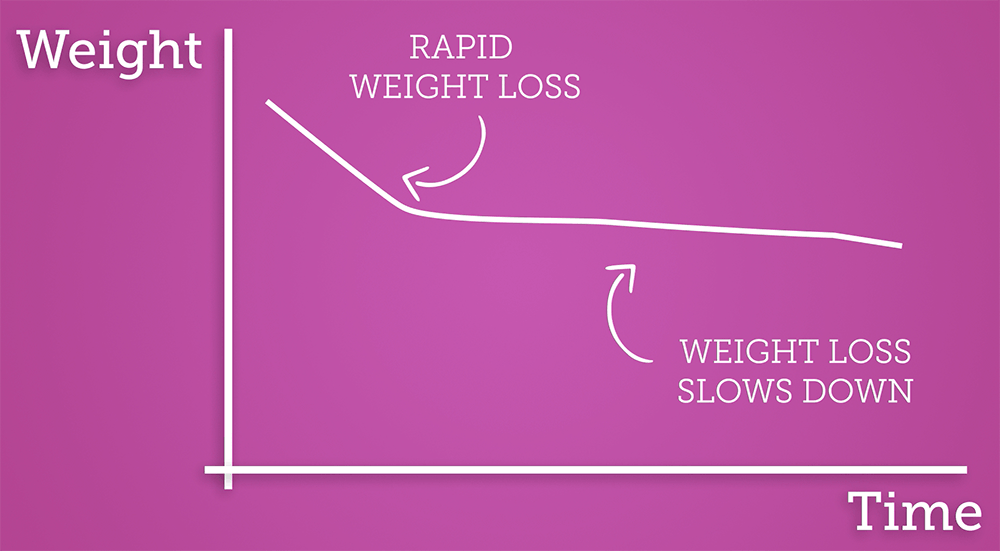
How to create a balanced low carb diet plan
A healthy low carb diet goes beyond simply cutting carbohydrates. To maximise benefits and minimise risks, focus on:
- Nutrient density. Include a variety of colourful vegetables, lean proteins (e.g., chicken, fish, tofu), and healthy fats (e.g., olive oil, nuts, avocados) to ensure adequate vitamins and minerals.
- Fibre intake. High-fibre foods like leafy greens, chia seeds, and linseeds support digestion and prevent constipation, a common concern on low carb diets.
- Hydration. Low carb diets can increase water loss, so drink plenty of water and consider electrolyte-rich foods like bone broth.
- Portion awareness. Even low carb foods can be calorie-dense, so mindful portion control is key for weight management.
- Whole foods. Prioritise unprocessed or minimally processed foods to maximise nutrient intake and avoid hidden sugars or additives.
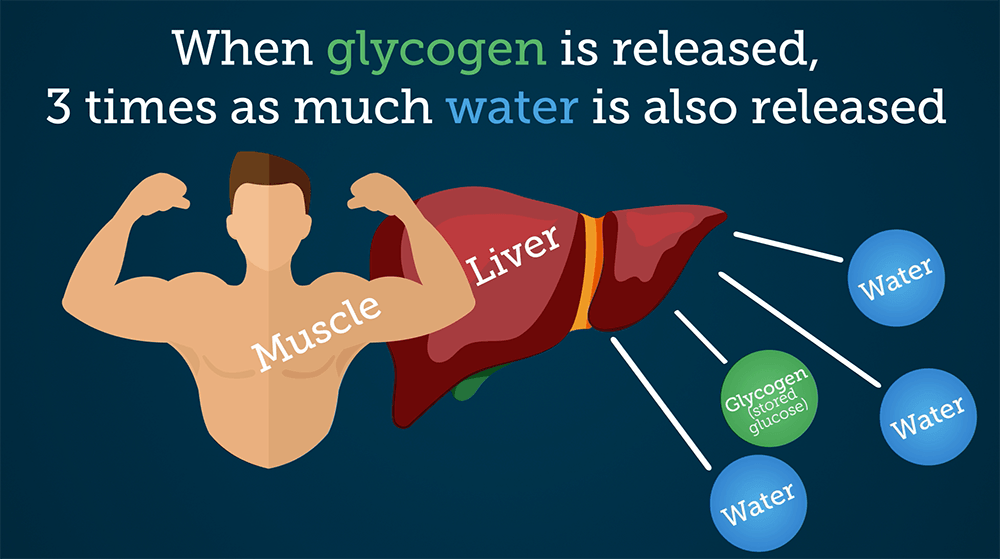
Getting started with a low carb diet
If you’re interested in trying a low carb diet, start gradually to ease the transition:
- Assess your current diet. Track your food intake for a few days to identify high-carb foods you can reduce or replace.
- Plan meals. Focus on low carb staples like eggs, meat, fish, leafy greens, and healthy fats. Experiment with recipes like cauliflower rice or courgette noodles.
- Use resources. Tools like the Carbs & Cals app or books offer low carb recipes, meal plans, and visual portion guides to simplify the process.
- Consult a professional. Especially for those with medical conditions, a dietitian or doctor can provide personalised guidance and ensure safety.
- Monitor progress. Track energy levels, weight, blood sugar (if relevant), and overall well-being to assess the diet’s impact.
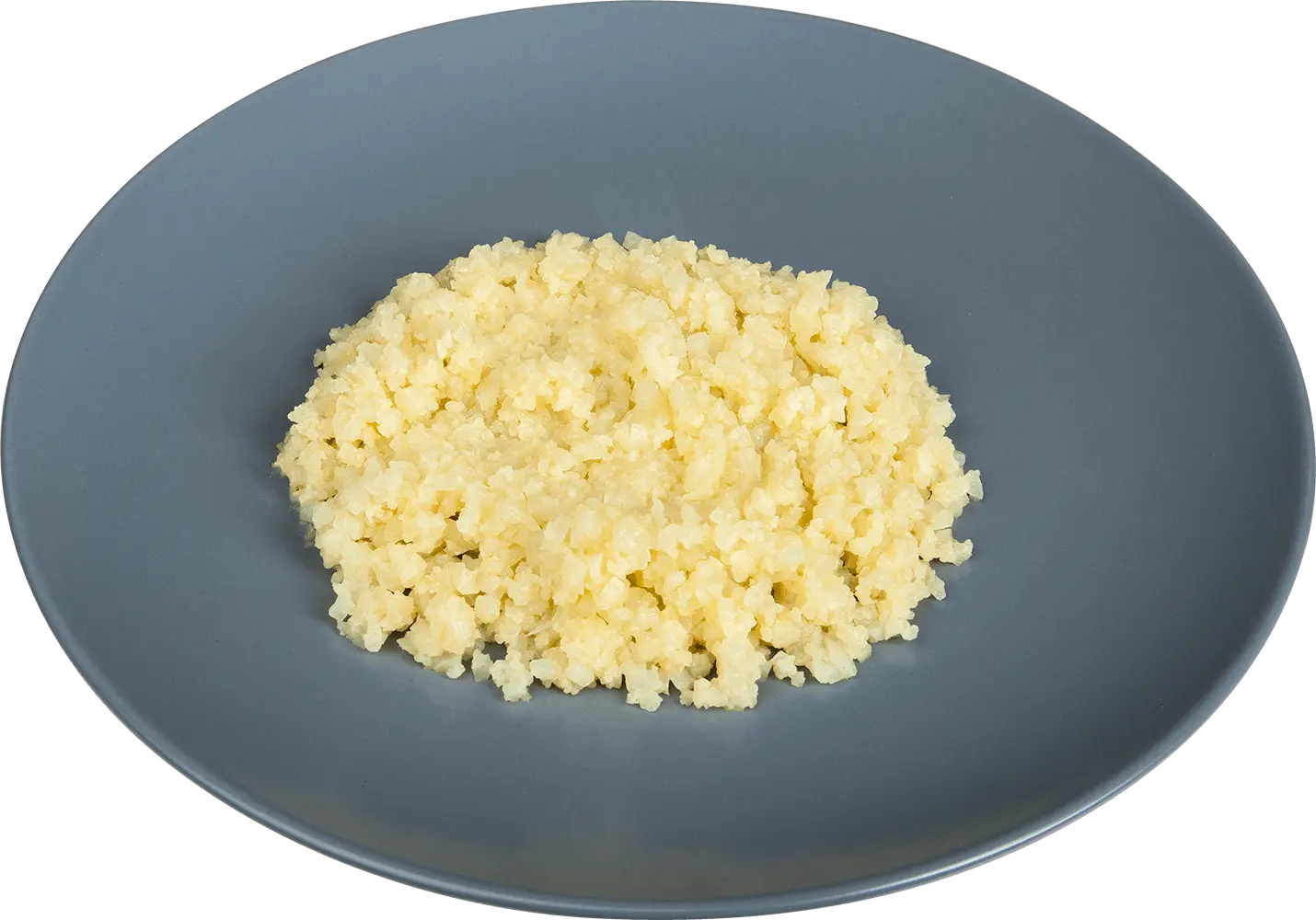
4g
Carbs
Cauliflower Rice
Weight = 150g
Carbs = 4g / Cals = 38
Fibre = 4g / Protein = 3g
Practical tips for low carb diet success
- Meal prep. Prepare low carb meals in advance to avoid reliance on processed foods.
- Snack smart. Keep convenient low carb snacks like nuts, cheese, or boiled eggs on hand.
- Read labels. Check for hidden carbs in sauces, dressings, and packaged foods.
- Stay social. Adapt social dining by choosing low carb options (e.g., bunless burgers, grilled meats) or bringing a dish to share.
- Listen to your body. Adjust carb intake based on energy levels, hunger, and activity needs.
For inspiration and practical tools, check out the Carbs & Cals app or the Carb and Calorie Counter books for low carb recipes, meal ideas, and portion guides to kickstart your journey.

1g
Carbs
Celery with nut butter
Weight = 90g
Carbs = 1g
Want to Learn More?
Grab a copy of Carb & Calorie Counter
The multi-award-winning Carb & Calorie Counter book is your definitive, expert-approved guide to carb and calorie counting.
- Over 1700+ high-quality food photos
- Up to six portion sizes per food
- At-a-glance carbs and key nutrients
- The Original #1 Bestseller
With the “Carb-Counting Bible”, a single flick of the page is all you need to plan nutritious, carb-counted meals.
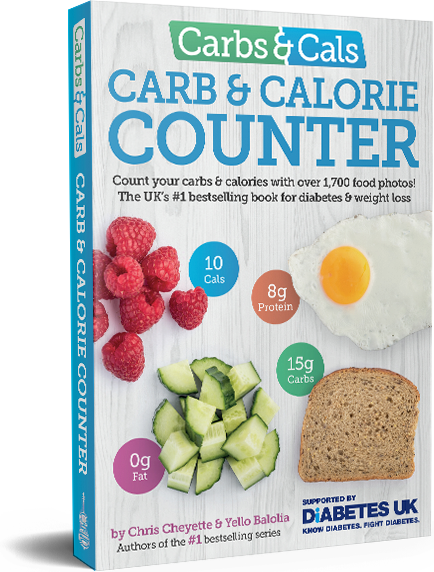
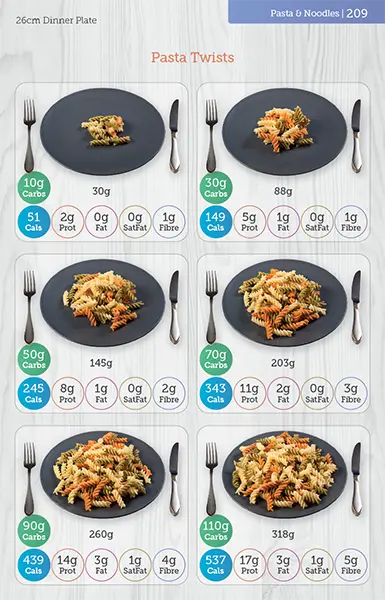
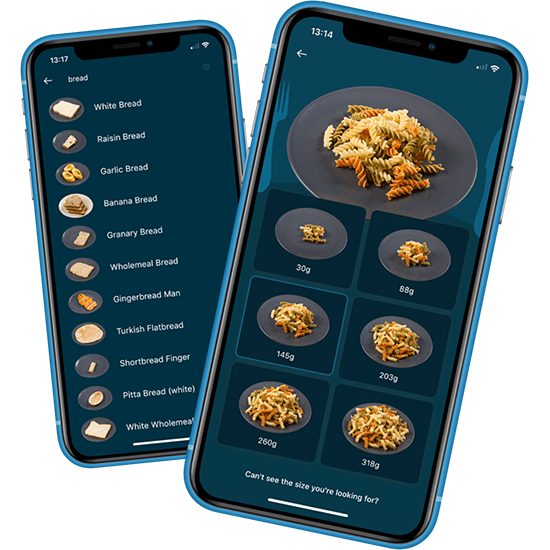
Sign up to the Carbs & Cals mailing list
Want to learn more about carb counting and the role of food in managing your health? Sign up to our mailing list!
